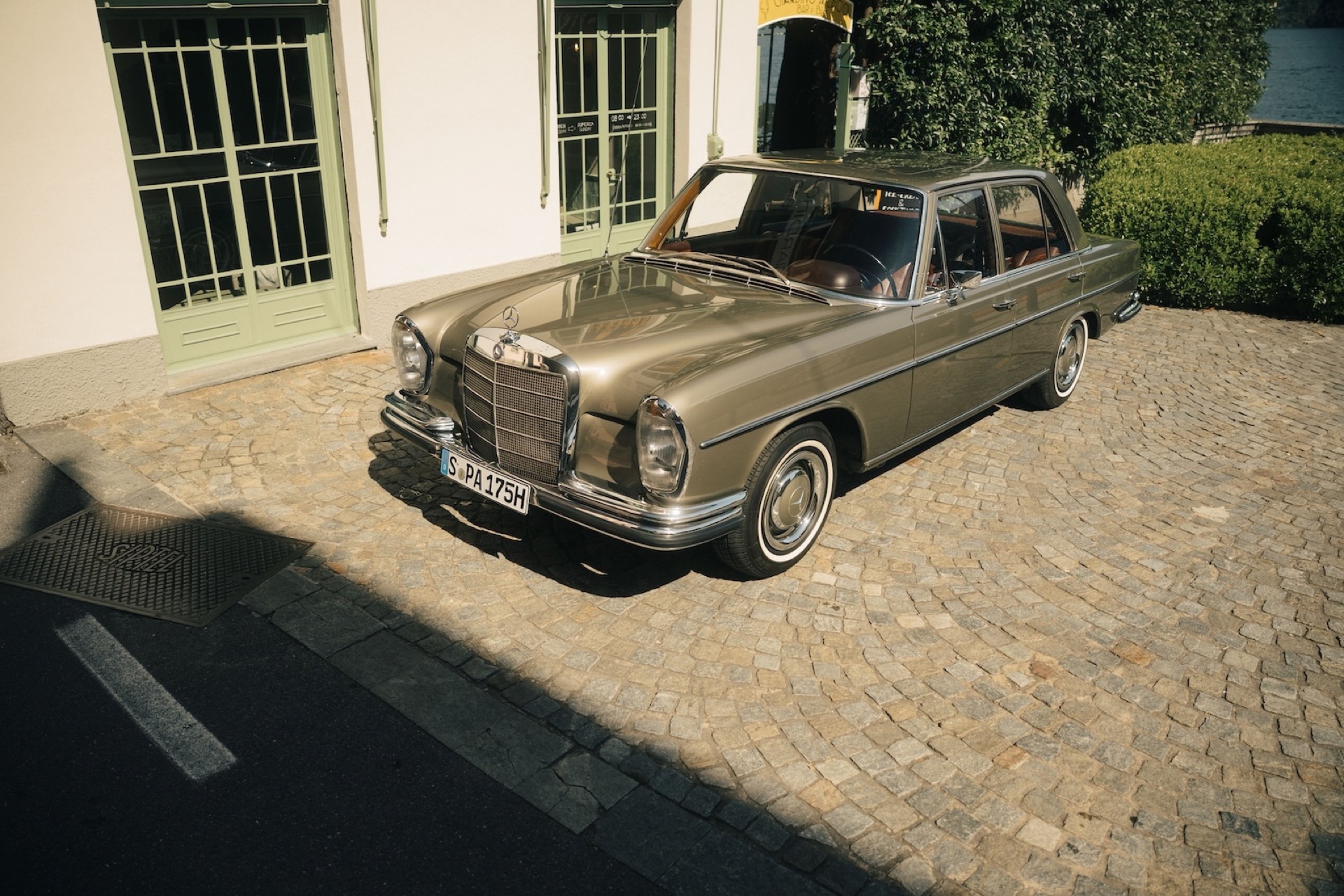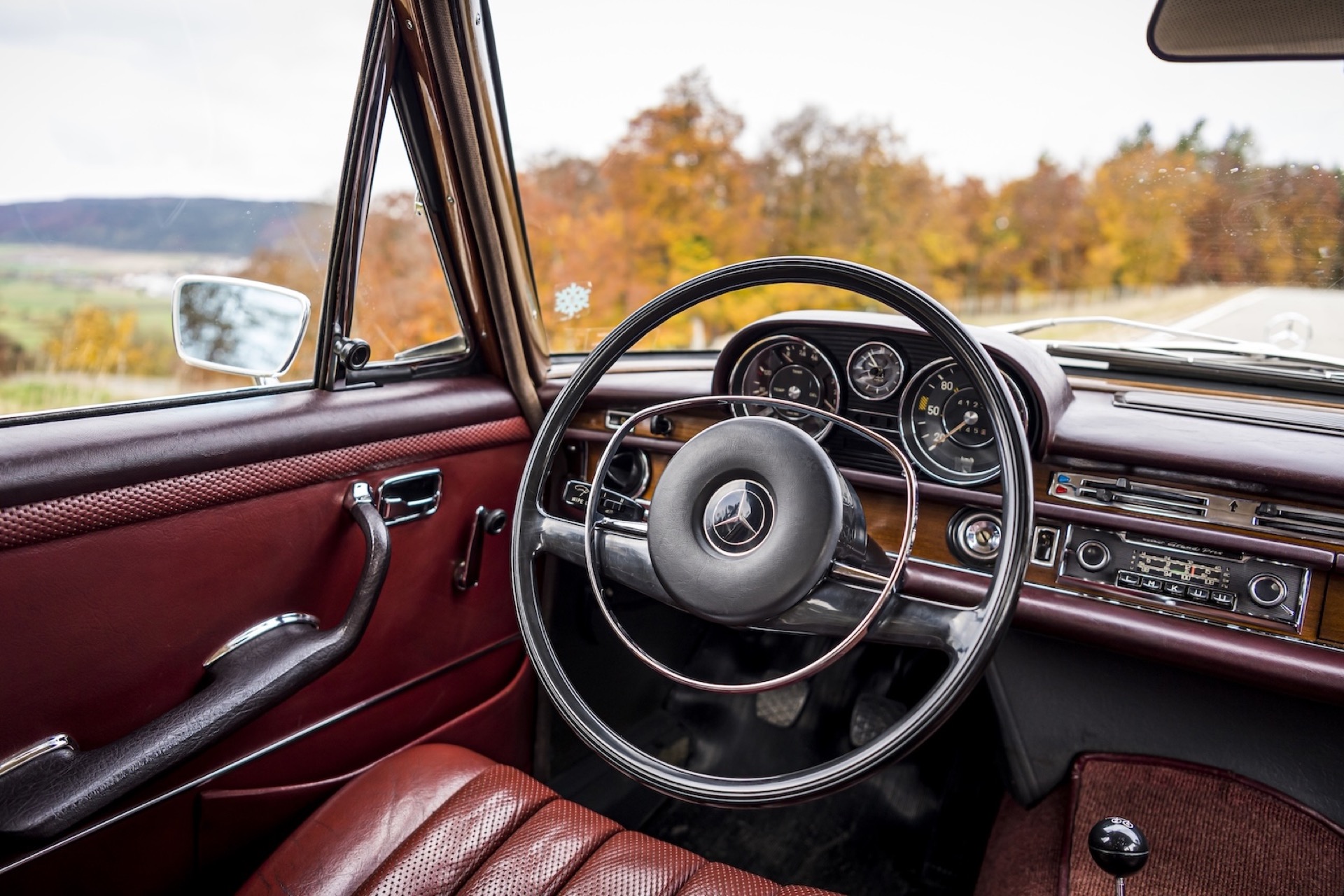Before Mercedes officially used the S-Class name, the W108 and W109 models were already setting the standard for prestige and innovation—especially in Germany. These 1960s saloons still impress today with their refined design and remarkable engineering.
Though the S-Class label formally arrived with the W116 in 1972, the W108 series had already defined what top-tier motoring meant. Most notable was the later 300 SEL 6.3, which borrowed its 250 hp V8 from the Mercedes 600 limousine. Its styling, developed alongside the W111 coupés and cabriolets by Paul Bracq, omitted the tailfins of earlier models, favouring a cleaner silhouette.
While early 250 models—offered with or without fuel injection—were popular, the 280 variants introduced in 1967 and 1968 proved even more so. Their six-cylinder engines offered slightly more power, though performance differences were minimal. The 2.5-litre units were based on a 2.2-litre predecessor, with the injected version using a six-plunger system. Unlike the W111-based 300 SE, the new W108 dropped air suspension in favour of a self-levelling hydropneumatic spring at the rear to maintain ride height regardless of load.
In its day, the 250 SE offered both luxury and pace. It could cruise at 190 km/h, a speed that outmatched many sports cars of the era. Buyers seeking even more power could opt for the 3.5-litre or US-market 4.5-litre V8s. These were designed for low-octane fuel and delivered up to 200 hp. Depending on driving style, fuel use ranged from 12 to 18 litres per 100 km.

Long-wheelbase versions such as the 280 SEL added ten centimetres to the car’s overall length and were often specified with velour or leather seats, as well as rear headrests. These models commonly featured air suspension, which significantly improved ride comfort. Power steering was optional.
For those with more specific needs, extras like air conditioning, electric sunroofs, and central armrests could be ordered. In 1971, Mercedes even produced an armoured 280 SEL 3.5—28 of them in total—to meet rising demand for secure transport following attacks on diplomats and growing political unrest.
Even more unique were the Vatican-commissioned models. In 1966, a landaulet with a single rear seat and partially retractable roof was built. A year later, two six-seater limousines were delivered, each based on a platform extended by 65 centimetres and featuring modified rear doors and additional folding jump seats.


